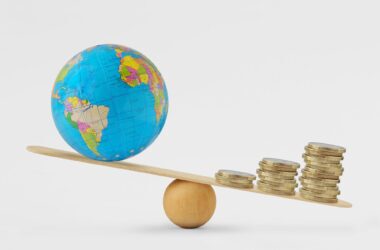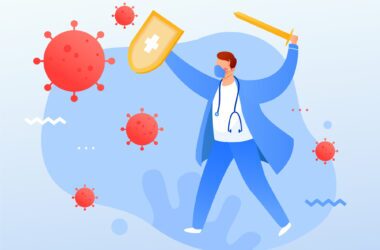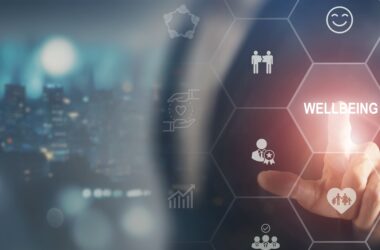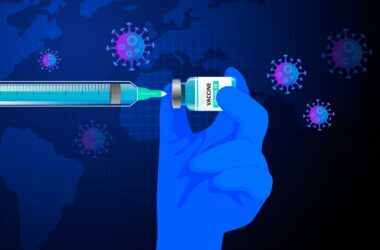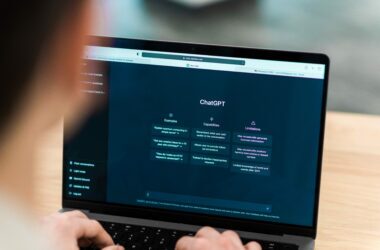The United Nations Triple Billion Targets, a cornerstone of the Sustainable Development Goals (SDGs), aim to improve the lives of one billion people through universal health coverage, connect one billion people to the internet, and empower one billion people through digital skills. Despite significant progress, achieving these ambitious goals by 2030 remains challenging due to data gaps and resource limitations. In scientific research, citizen science or public participation delivers a promising solution to address these challenges and speed up progress toward the Triple Billion Targets.
Understanding The Triple Billion Targets And SDGs
The Triple Billion Targets are closely aligned with the broader SDG framework, which seeks to eliminate poverty, safeguard the planet, and ensure equitable prosperity for every demographic. These 17 SDGs and their 169 targets are monitored through 231 unique indicators, collectively known as the SDG Global Indicator Framework (GIF). These indicators provide a comprehensive assessment of progress toward the SDGs, but their measurement often relies on traditional data collection methods that can be time-consuming, costly, and limited in scope.
Role Of Citizen Science In Facilitating Health & Well-being
Citizen science can play an instrumental role in enhancing the effectiveness of health information systems and supporting the achievement of the Triple Billion Targets. By leveraging the contributions of individuals from diverse backgrounds, citizen science initiatives can:
- Fill Data Gaps: Collect data in areas where traditional methods are insufficient or unavailable, providing a more comprehensive understanding of health trends and challenges.
- Improve Data Quality: Ensure the accuracy and reliability of health data by involving local communities in data collection and verification.
- Promote Community Engagement: Empower individuals to take ownership of their health and well-being that can potentially lead to an increased participation in health programs and services.
- Inform Policy Decisions: Provide policymakers with evidence-based insights to making known the development of effective health interventions.
Successful Citizen Science Initiatives
Numerous citizen science projects have demonstrated the potential of this approach to address health-related challenges and contribute to the Triple Billion Targets. For example:
- Disease Surveillance: Community-based initiatives have been used to monitor the spread of infectious diseases, identify outbreaks early, and guide public health responses.
- Air Quality Monitoring: Citizen scientists have collected data on air pollution levels, helping to identify areas of concern and inform policies to improve air quality.
- Mental Health Awareness: Citizen science projects have raised awareness of mental health issues, provided support to individuals in need, and advocated for improved access to mental health services.
Integrating Citizen Science With Official Health And Well-being Statistics
To effectively leverage citizen science data in official health and well-being statistics, it is essential to establish trusted partnerships among key stakeholders. These partnerships can facilitate the exchange of information, ensure data quality, and enhance the credibility of citizen science contributions.
- National Statistical Offices: Collaborating with national statistical offices can provide citizen science initiatives with access to official data and methodologies, ensuring that collected data aligns with national standards and can be integrated into official statistics.
- Custodian Agencies: Working closely with custodian agencies, such as the World Health Organization (WHO) or the United Nations Children’s Fund (UNICEF), can help citizen science projects contribute to the global monitoring of health and well-being indicators.
- Citizen Science Community: Building strong relationships with the citizen science community is crucial for fostering collaboration, sharing best practices, and ensuring that citizen science initiatives are aligned with broader health and well-being goals.
By building these partnerships, it is possible to develop a more integrated and all-encompassing approach to health data collection and analysis, leading to more informed decision-making and improved health outcomes.
Challenges And Opportunities
While citizen science offers significant benefits, it is not without its challenges. Ensuring data quality, maintaining volunteer engagement, and integrating citizen science data into existing health information systems are key considerations. However, by addressing these challenges and leveraging the potential of citizen science, we can accelerate progress toward the Triple Billion Targets and build a healthier, more equitable world.
Final Words
The Triple Billion Targets represent an ambitious vision for a healthier, more connected, and more equitable future. Citizen science offers a powerful tool for achieving these goals by filling data gaps, improving data quality, fostering community engagement, and informing policy decisions. By working together, governments, health organizations, and citizens can utilize the potential of citizen science to build a world where everyone enjoys the benefits of good health and well-being.
[Also Read: $1 Trillion Fix: Closing The Women’s Health Gap]




